Travel tips for opera lovers – Paris and Giacomo Puccini
Puccini in Paris
The series about historical places of opera art. Get to know exciting excursion and travel ideas for opera lovers. This time: Puccini in Paris
All Destinations on google maps with links to detailed Blogposts:
Puccini in Paris
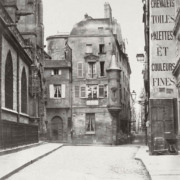
The material of “Bohème” was based on a serialized novel that appeared in a Parisian magazine in 1843. Henri Murger described the lives of artists in the artists’ quarters on Montmartre and in the Quartier latin. The characters he described in the novel were for the most part real. For Puccinis Opera, the librettist Illica and Giacosa made adjustments, such as adding the person of Mimi, who does not appear in the original story in this way. Also, the protagonists in Murger’ original were named differently, probably because names such names as “Jacques” were simply unsuitable for the music.
Puccini felt reminded by Murger’s novel of his own meager student days in Milan and felt inspired for his music . Puccini was an admirer of Bizet’s Carmen and modeled the Paris street scene of Act II on the bullfight arena scene in Seville from Carmen’s Act IV. Both had set a musical monument to the two cities, and just as Bizet had never visited Spain, Puccini knew Paris only from postcards. Thanks to Murger, we can still trace Puccini’s “La Bohème”.
TO THE COMPLETE PUCCINI BIOGRAPHY
TO THE OVERVIEW OF ALL DESTINATIONS “OPERA & CLASSIC OF PARIS“.
Destination Rodolfo’s attic
Murger traced his own mansard from 1, rue de la Tour d’Auvergne in the Montmartre neighborhood. The street was busy with artists in his time and you can still re-dream the atmosphere with a little imagination.
Rue de la Tour d’Auvergne (historic foto):
Rue de la Tour d’Auvergne (today):
Destination Barrière d’enfer
In the third act, Mimi passes the toll-gates of Paris where the customs house and the tavern are located. These two customs houses were two of the 57 gates built at the end of the 18th century. The two customs houses are still standing today, one is a post office.
Porte d’enfer (picture from 1901):
Porte d’enfer (today):
Destination Café Momus
The Café Momus existed, the creator of the novel, Henry Murger visited it extensively. It was located next to the church of Saint-Germain-l’Auxerrois. It was closed for financial reasons in the middle of the 19th century and a paint dealer opened his doors, you can see a historical picture below, the Momus is on the right, on the left you can see the back of the church Saint-Germain-l’Auxerrois. Today there is a hotel in this building. Puccini then moved the Momus to the Latin Quarter to the Carrefour de Buci.
Historical image Rue des Prêtres-Saint-Germain-l’Auxerrois :
Musical background: Scene of the Barrière d’enfer from «La Bohème»
An exquisite passage of this opera is Puccini’s tone-painting description of the atmosphere of this winter morning on the outskirts of Paris. During 144 measures Puccini describes this scene with sound-painting effects such as xylophone and harp or with “Col dorso del arco” effects (notes struck with the wood of the violin bow). This scene seems almost impressionistic and was very unusual for contemporaries, which sometimes led to spiteful comments. It begins with the hollow fifths of the violins and harps describing the light snowfall and the desolation of this winter morning. In the distance, one recognizes the melody of Musette’s waltz, which accompanies the last revellers home.
Ohè, là, le guardie!
https://opera-inside.com/la-boheme-by-giacomo-puccini-the-opera-guide/#Quando

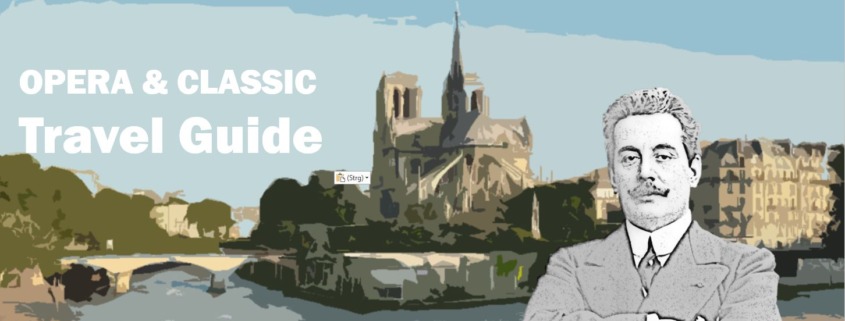
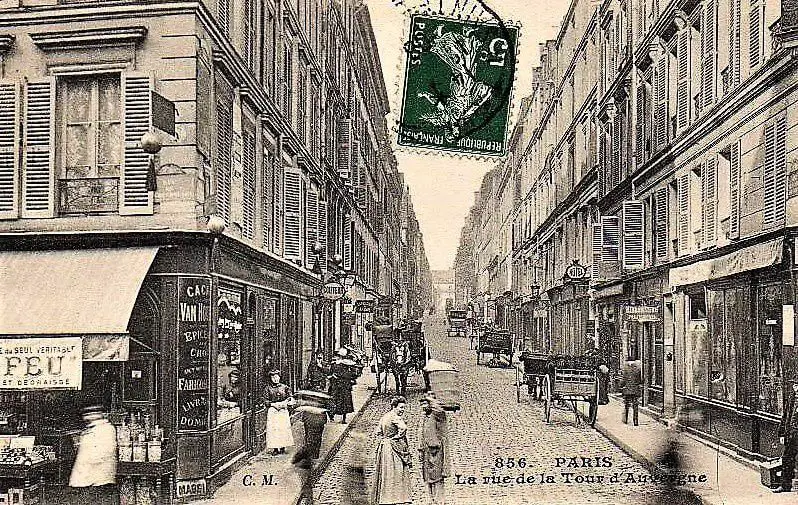
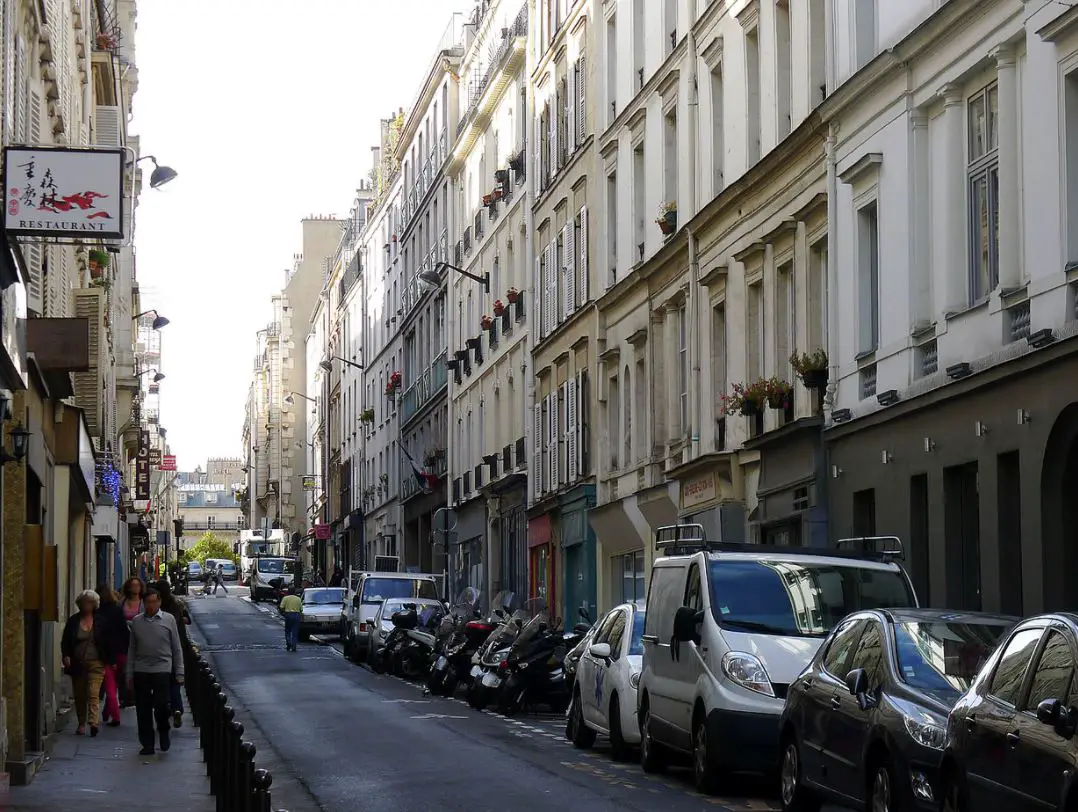
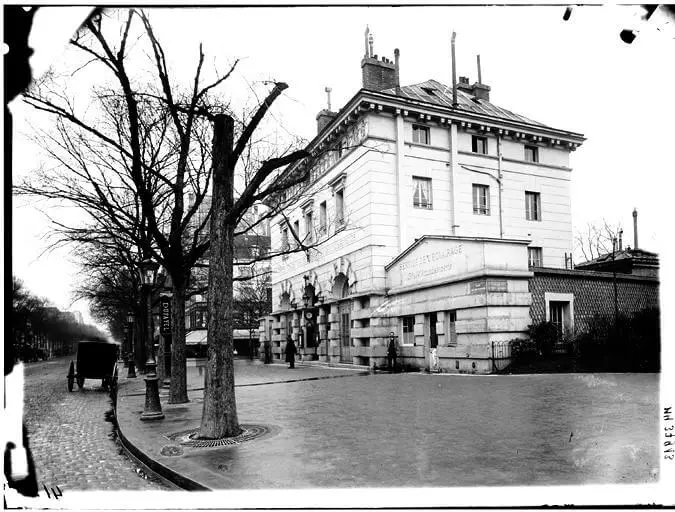
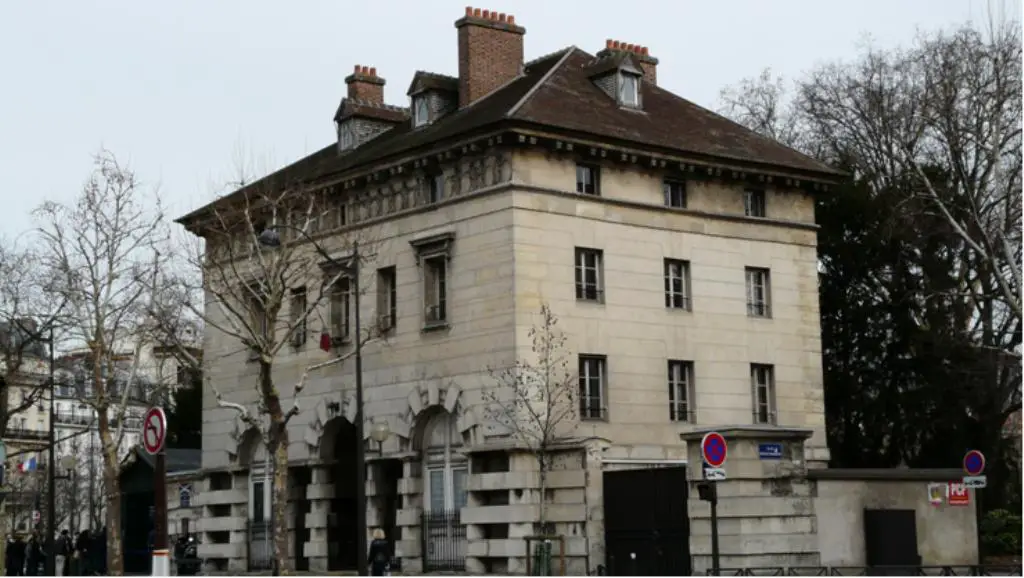
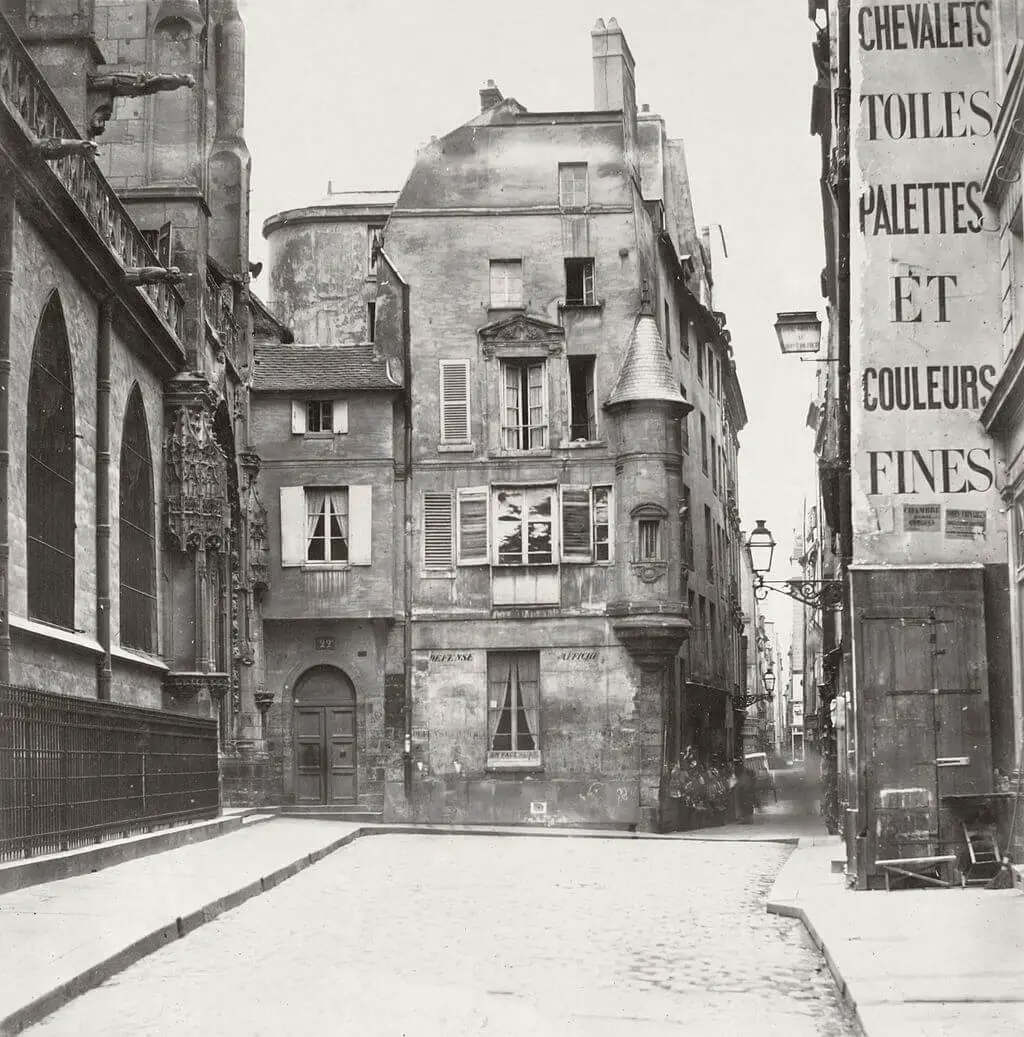


Leave a Reply
Want to join the discussion?Feel free to contribute!